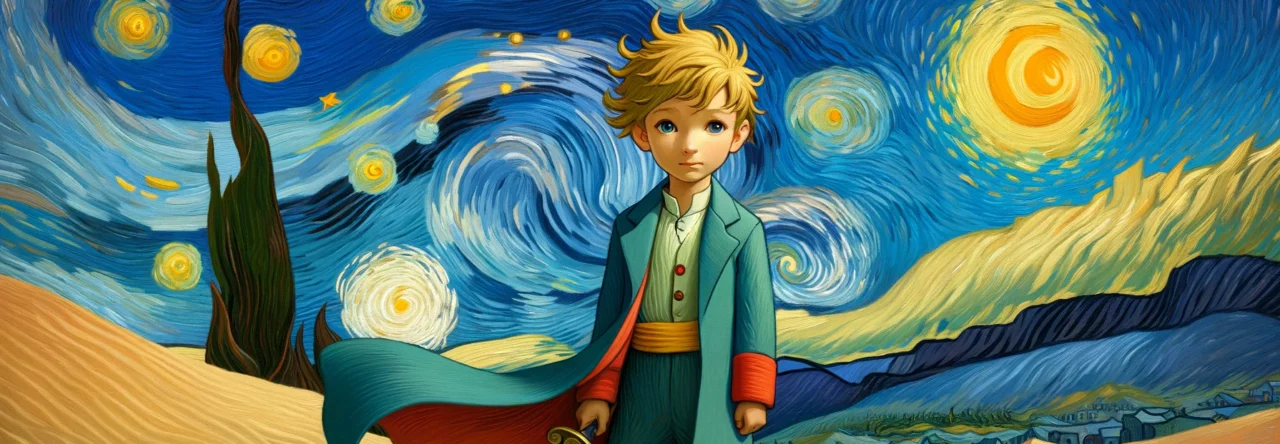
Lu P’tit Prince — in Champenois.
Champenois is a traditional langue d’oïl spoken historically in the Champagne region of northeastern France—a land famed for its sparkling wine, yet also rich in a lesser-known but vibrant linguistic heritage. As a member of the Gallo-Romance branch of the Romance languages, Champenois shares its roots with other langues d’oïl such as Picard, Walloon, and Norman, all of which evolved from Vulgar Latin under the influence of the Franks and other post-Roman populations. Although closely related to Standard French—which itself arose from the Francien dialect spoken around Paris—Champenois developed along a distinct path, shaped by centuries of regional identity, rural tradition, and cultural exchange. It is marked by unique phonological features, vocabulary, and grammatical quirks that distinguish it from neighbouring dialects, yet it remains intelligible to those familiar with other northern French vernaculars.
Historically, Champenois was not just a rural curiosity but a respected regional language, spoken across the cities and countryside of Champagne and used in local literature, legal records, and religious life from the medieval period onwards. The region’s strategic importance as a commercial hub during the age of the Champagne fairs, and its role in the cultural life of the High Middle Ages, ensured the dialect had a prominent voice in the vernacular culture of the time. While the rise of the French monarchy and the centralisation of linguistic policy gradually suppressed regional languages in favour of a Parisian norm, Champenois continued to thrive informally, especially in villages and among working-class communities.
Culturally, Champenois was—and in some places, still is—a language of conviviality and communal intimacy. It is the voice of folk songs, storytelling, proverbs, and village festivals, often expressing a rustic humour and down-to-earth wisdom that are difficult to capture in standard French. In towns and hamlets across Champagne-Ardenne, dialect-speaking societies celebrate local history, seasonal rituals, and agricultural life through performances and publications in Champenois, keeping alive a linguistic link to the land and its rhythms.
In relation to other French languages, Champenois forms part of the langues d’oïl continuum, differing from langues d’oc spoken in southern France (like Provençal and Occitan), and from neighbouring dialects such as Lorrain to the east or Picard to the north. It serves as a reminder that the linguistic landscape of France was once extraordinarily diverse before the policies of linguistic unification under the French Republic. Today, Champenois is classified as endangered, with few fluent speakers remaining, yet it continues to be celebrated by local enthusiasts, cultural associations, and writers who see it as a cherished marker of regional identity.


